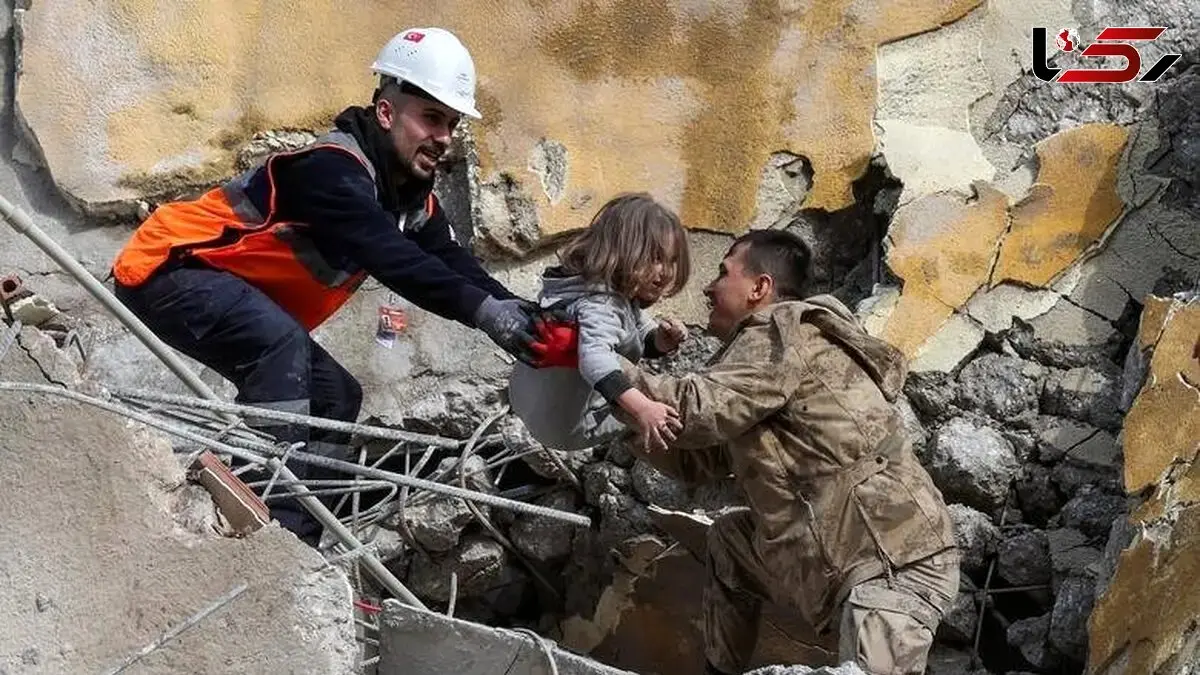Professor Mehdi Zareh in an Interview with Rokna:
12,000 Aftershocks in 80 Days: Prof. Mehdi Zare Warns of Rising Earthquake Risk in Western Turkey
Rokna Social Deks: Professor Mehdi Zareh has warned that the two recent 6.1-magnitude earthquakes in Balikesir indicate the activation of regional fault systems and an increased risk of a larger earthquake in the Marmara and Aegean regions, particularly around Bursa.

Speaking with Rokna’s social affairs correspondent, Professor Mehdi Zareh, a geology expert, said that from August 10 to October 28, 2025, the Sindirgi-Balikesir region in western Turkey has experienced significant seismic activity, including two major earthquakes measuring 6.1 in magnitude. The August 10 earthquake in Sindirgi-Bigadic, Balikesir, resulted in one death and dozens of injuries, causing the collapse of a three-story apartment block, severe damage to 729 buildings, minor damage to 61 others, and damage to 73 mosques. More than 1,200 aftershocks were recorded in the following days.
Professor Zareh emphasized that on October 27, 2025, another 6.1-magnitude earthquake struck Sindirgi, Balikesir. While no fatalities were reported within the first 12 hours, at least 22 people were injured. The quake caused the collapse of three uninhabited buildings and a two-story shop that had previously sustained damage during the August earthquake.
He added that since the August 10 event, the region has experienced a continuous “earthquake swarm,” with more than 12,000 quakes—including 45 events measuring between magnitude 4 and 5—recorded over the 80 days between August 8 and October 27, 2025. Both major earthquakes were widely felt across the Marmara and Aegean regions, including major cities such as Istanbul, Izmir, and Bursa, as well as in neighboring countries.
Professor Zareh further explained that stress transfer from the Balikesir (Sindirgi) earthquakes is the most direct cause of major seismic events in neighboring provinces. The main shocks—both measuring 6.1 magnitude on August 10 and October 27, 2025—have significantly increased stress on the local fault structure, redistributing pressure and loading stress onto adjacent fault segments. This phenomenon, known as Coulomb stress transfer, can effectively strain neighboring faults and make them more prone to rupture.
He noted that the Aegean graben system, where the Balikesir (Sindirgi) earthquakes occurred, is characterized by extensional tectonics and linked to the Sima fault, which forms part of the larger Aegean graben system—an area marked by active extensional tectonics.
“The extensional regime in western Turkey results from the subduction of the African Plate beneath the Aegean microplate,” he said. “This ongoing stretching creates a dense network of active normal faults that are prone to earthquake swarms, even when the main shock occurs in a neighboring province. The earthquakes felt since August 2025 in southern Bursa likely reflect a combination of immediate stress effects from the powerful Sindirgi earthquakes acting on the pre-existing and highly fragile local fault network.”
Professor Zareh emphasized that while the two 6.1-magnitude earthquakes in Balikesir in August and October 2025 do not necessarily indicate that a magnitude 7 event is imminent, they highlight a high seismic risk and may point to an increased probability of such an event in the broader region.
He noted that the area has experienced destructive events in the past, such as the Yenice-Gonen earthquake in 1953 and the Demirci earthquake in 1969. Stress transfer from those large earthquakes altered stress distributions on adjacent unruptured fault segments—a process known as Coulomb stress transfer. The 6.1-magnitude earthquakes in August and October 2025 have likely loaded adjacent faults, bringing them closer to their breaking point and increasing the probability of a major future event. The release of seismic energy from the two 6.1-magnitude events has already discharged substantial stress on the specific ruptured fault segments, making immediate re-rupture in those areas less likely.
He concluded by stating that the sequence of two 6.1-magnitude earthquakes should serve as a significant warning signal, indicating that the regional fault system is currently very active and capable of producing even more destructive events. “The risk of a major earthquake measuring 7 or greater on one of the larger neighboring faults—such as an unruptured segment of the North Anatolian Fault Zone (NAFZ) or a major fault in the Aegean graben system—remains a serious concern and may temporarily increase due to stress transfer,” he said. “Post-2025 scientific studies emphasize the urgent need for updated seismic hazard models, particularly in densely populated areas such as Bursa.”
Send Comments